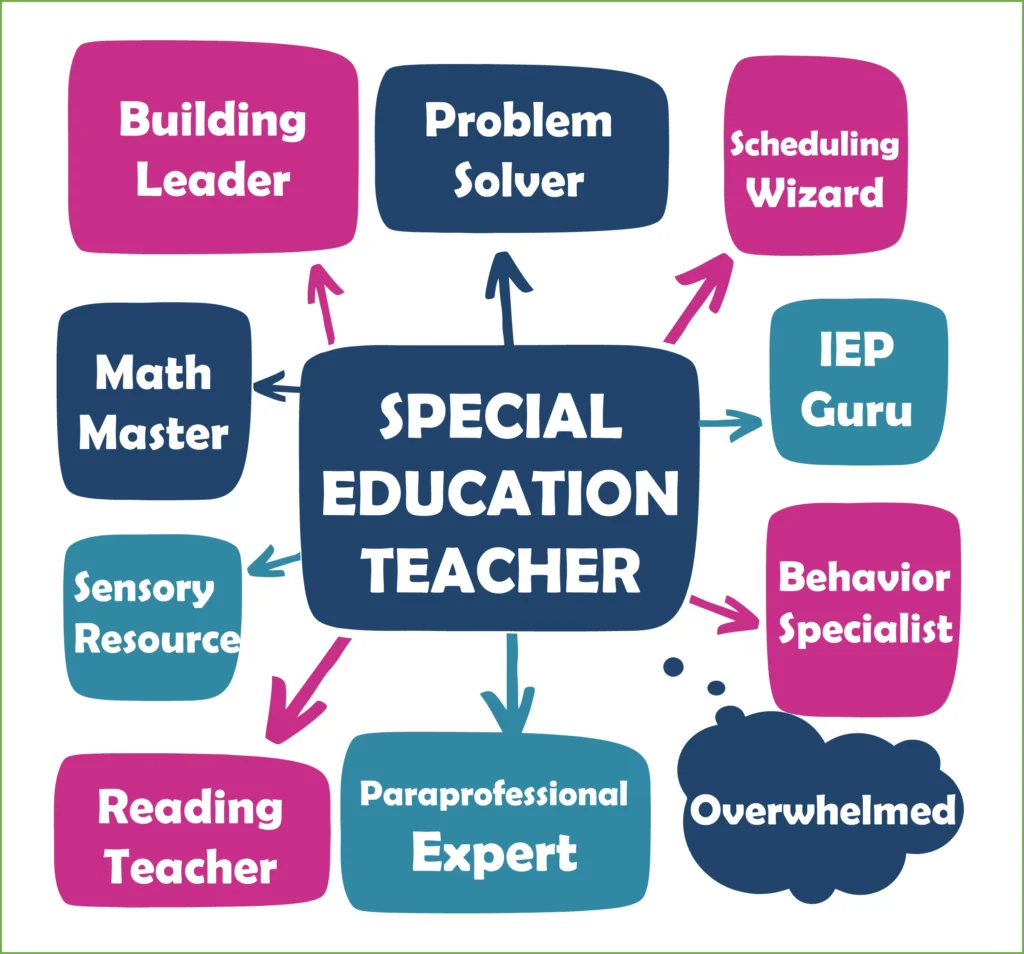Embarking on your first year as a special education teacher is both exhilarating and challenging. As you step into this unique and rewarding role, there are several key strategies that can help you thrive. Below are ten essential tips designed to support you in creating a positive and effective learning environment for your students.
Table of Contents
Understanding the Individualized Education Plan (IEP) Process
The Individualized Education Plan (IEP) is at the heart of special education. It’s critical to understand how to develop, implement, and monitor IEPs effectively. Familiarize yourself with the legal requirements and timelines associated with IEPs, as well as how to collaborate with parents, general education teachers, and other specialists to ensure the plan meets the student’s needs.
Building Strong Relationships with Students
One of the most important aspects of special education is building strong, trusting relationships with your students. Get to know each student individually—their interests, strengths, and challenges. This connection will not only make your students feel valued and understood but will also provide you with insights to tailor your teaching methods to their specific needs.
Collaboration with General Education Teachers
Special education often requires collaboration with general education teachers. Establishing a strong partnership with these colleagues is crucial. Regular communication about students’ progress, challenges, and strategies is essential for providing consistent support across different learning environments.
Effective Classroom Management Strategies
Classroom management is a critical skill for all teachers, but it’s especially important in special education. Develop clear, consistent routines and expectations that accommodate the diverse needs of your students. Positive reinforcement, clear communication, and flexibility are key components of an effective classroom management plan.
Embracing Flexibility in Instruction
In special education, flexibility is your best friend. Be prepared to adapt your lesson plans and teaching methods to meet the varying needs of your students. This might mean differentiating instruction, modifying materials, or providing additional supports to ensure all students can access the curriculum.
Utilizing Data to Inform Instruction
Data collection and analysis are vital tools in special education. Regularly assess and track your students’ progress toward their IEP goals. Use this data to inform your instruction, make necessary adjustments, and communicate progress with parents and the IEP team.
Developing Strong Communication Skills
Communication is key in special education—whether it’s with students, parents, colleagues, or administrators. Developing strong verbal and written communication skills will help you effectively advocate for your students, collaborate with others, and ensure everyone involved is on the same page.
Prioritizing Self-Care and Professional Development
The demands of special education can be intense, making self-care and professional development essential. Take time to recharge and maintain a healthy work-life balance. Additionally, seek out professional development opportunities to continually enhance your skills and stay updated on best practices in special education.
Creating an Inclusive Classroom Environment
Inclusion is a cornerstone of special education. Strive to create a classroom environment where all students feel welcomed, supported, and able to participate. This involves not only adapting the physical space but also fostering a classroom culture of respect, empathy, and cooperation.
Seeking Support and Building a Network
Finally, don’t be afraid to seek support from your colleagues, mentors, and administrators. Building a strong professional network can provide you with valuable resources, advice, and encouragement as you navigate your first year. Remember, you’re not alone—there’s a community of educators ready to support you.
FAQs
How do I manage the diverse needs of my students in a special education classroom?
Focus on differentiated instruction and individualized support. Use assessments to understand each student’s needs and tailor your approach accordingly.
What should I do if I feel overwhelmed during my first year?
Reach out to mentors, colleagues, or administrators for support. Prioritize self-care and consider professional development resources to build your confidence.
How can I effectively communicate with parents of special education students?
Maintain regular, clear communication with parents. Be transparent about their child’s progress, challenges, and any adjustments to the IEP.
What are some strategies for building strong relationships with my students?
Take time to understand each student’s unique interests and challenges. Show empathy, patience, and consistency in your interactions.
How important is data in special education?
Data is crucial for monitoring progress and informing instructional decisions. Regularly collect and analyze data to ensure students are meeting their IEP goals.
What resources are available for first-year special education teachers?
Many districts offer mentoring programs, professional development workshops, and online resources. Don’t hesitate to ask for recommendations from your school’s administration.

Conclusion
Your first year as a special education teacher is a journey filled with growth, challenges, and rewards. By embracing these ten essential tips, you can create a positive and effective learning environment that supports the unique needs of each of your students. Remember, the impact you make in your students’ lives is immeasurable—so take pride in your role and continue to strive for excellence in special education.